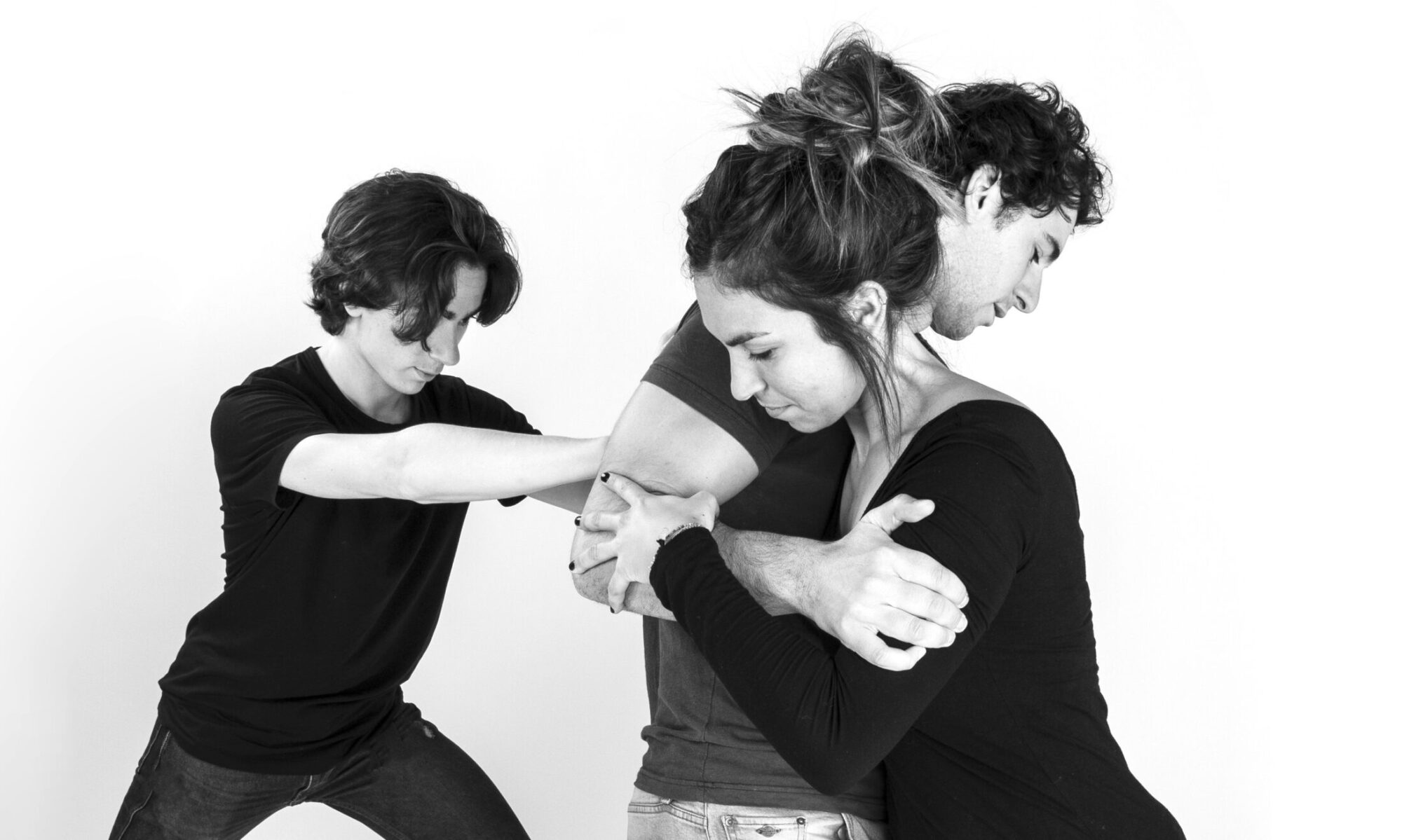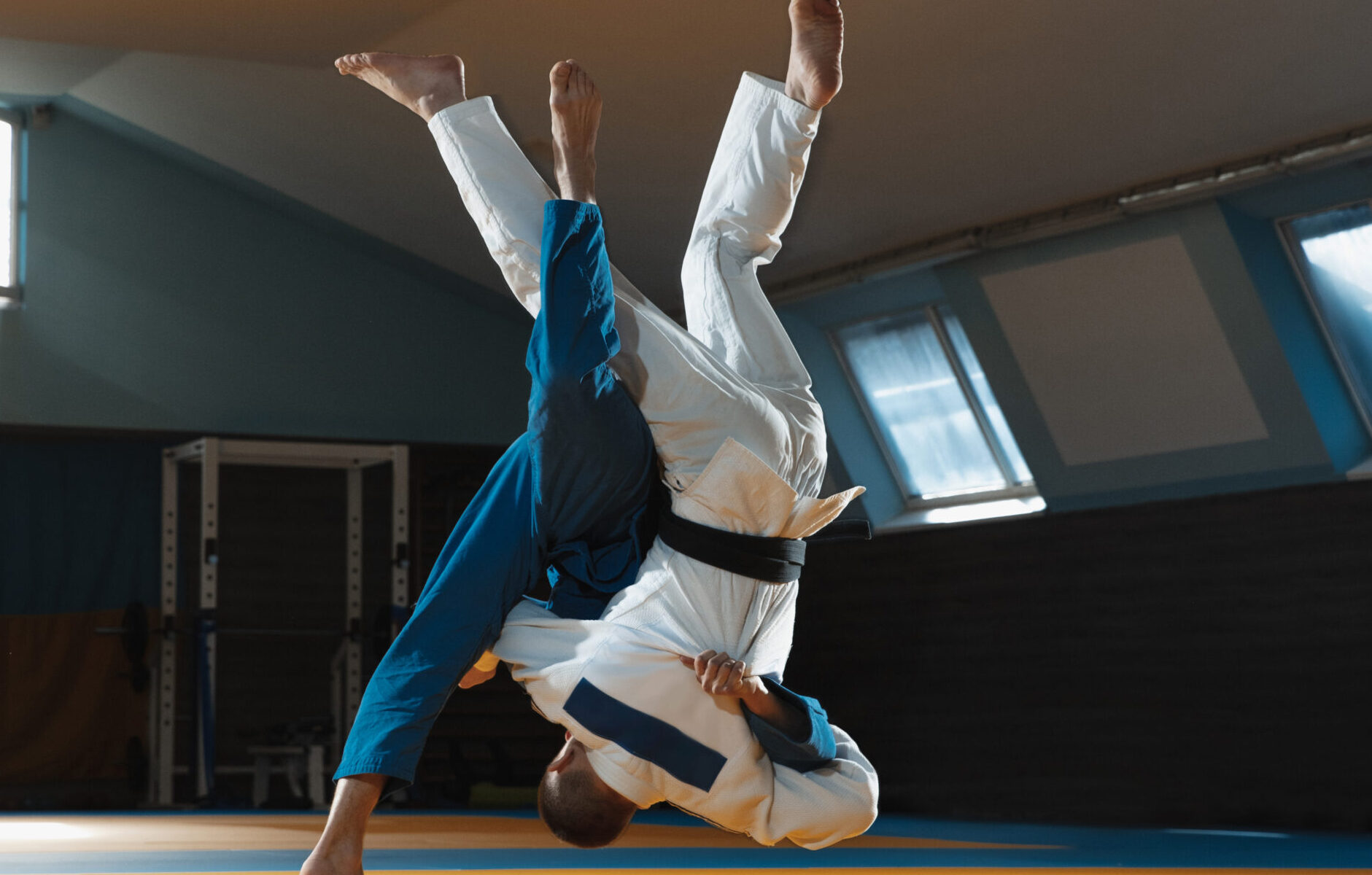Kodokan Judo contains not only kata, but also (and especially) randori and shiai.
If we speak about the systems of Kodokan Judo and work with the systems of Kodokan Judo, then we must not be limited to just kata. Also randori (nage waza and ne waza) have been examined and have been refined by Kodokan, a process which takes place continuously. The development in shiai certainly does not stand still, but it must always be in agreement with Judo principles, in particular of Kodokan Judo.
Kodokan Judo has its own identity, is powerful in and of it, knows the proper dynamism and searches continuously for development on the basis of tis principles. Its for this reason that Kodokan Judo learns, moves and lives.
About 50 years the author of this article (since 1965 a student of Kodokan) has examined and developed a method based on the Kodokan Go Kyo No Waza. The results of this research and development of a great number of judoka, also World and Olympic medal winners, and the personal development of the author attests to its value.
Sensei Ichiro Abe, 10th Dan, sensei Jan van der Horst, 9th Dan and coach of Anton Geesink as well, and my first teacher Wim Cobben are my sources of inspiration and teaching masters; the judoka, whom on the basis of this system have gained objective or subjective results, have been numerous evaluation sources for the author, as it were abstract teaching masters; as a result new inspiration always arose. For that I am grateful to them all!
In theory a system can be developed rather easily. Testing a system on its practical strength (ability to achieve results) and always adapting and correcting the system takes longer. In the period from 1971 up to now the strength of the system itself is shown.
The national and international interest for the Kodokan Go Kyo No Waza grows steadily.
The author of this article was writing a book Kodokan Go Kyo No Waza. The technical part of this book will be published in Judo & Management in the next months. In the analysis of every throwing technique the force is clearly indicated.
The Kodokan Go Kyo as a system must be considered as entirety; the individual components such as sequence of the throwing techniques, the different movement orientations, always built up taking the safety of Uke in consideration, the gradual exposure to the different motion angles and axes for both Uke and Tori, and after a certain period the possibility for personal development. From the beginning there is a possibility to connect, combine, vary and assimilate.
The Kodokan Go Kyo as methodical system must be considered as a whole and is not to be divided into separate pieces; however, the different techniques can be identified.
By not breaking up the total system the structure emerges. The foundations (principles), the goals and the road that has be travelled form the unity, created by the specific structure.
The foundations are maximum efficiency and common well being and the goal is to strive towards a perfect harmony of body and mind (each of which can be identified, but not separated from each other).
The road travelled is the method, the means to reach the objective.
The Kodokan Go Kyo points out the road along which the objective (based on principles) can be reached and gives, by its continuing development possibilities, space for ideas.
The Kodokan Go Kyo No Waza system develops the greatest possible shaping of movement according to the basis of seiryoku zenyo jita kyoei.
WILLEM VISSER,
Executive Coach, Strategic Adviser, International Lecturer,
8th dan Judo IJF, four-time Olympic Coach in Judo.


